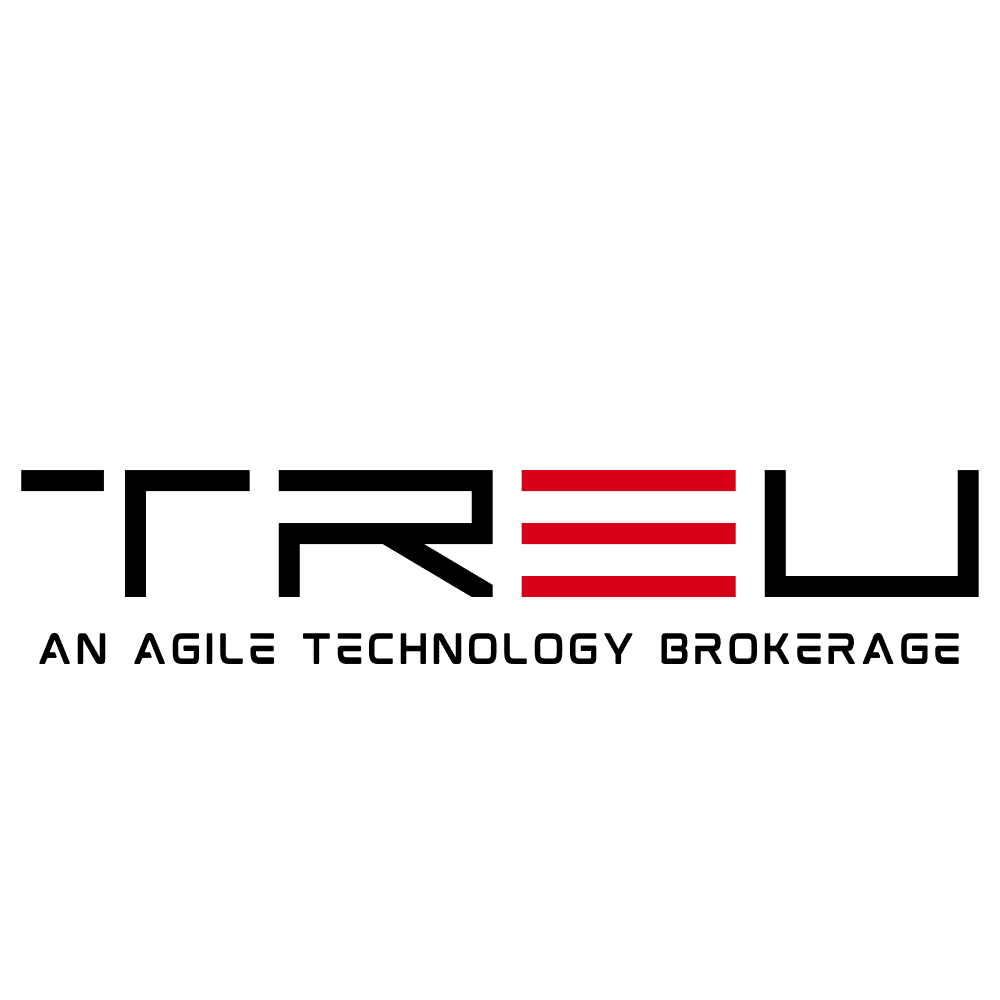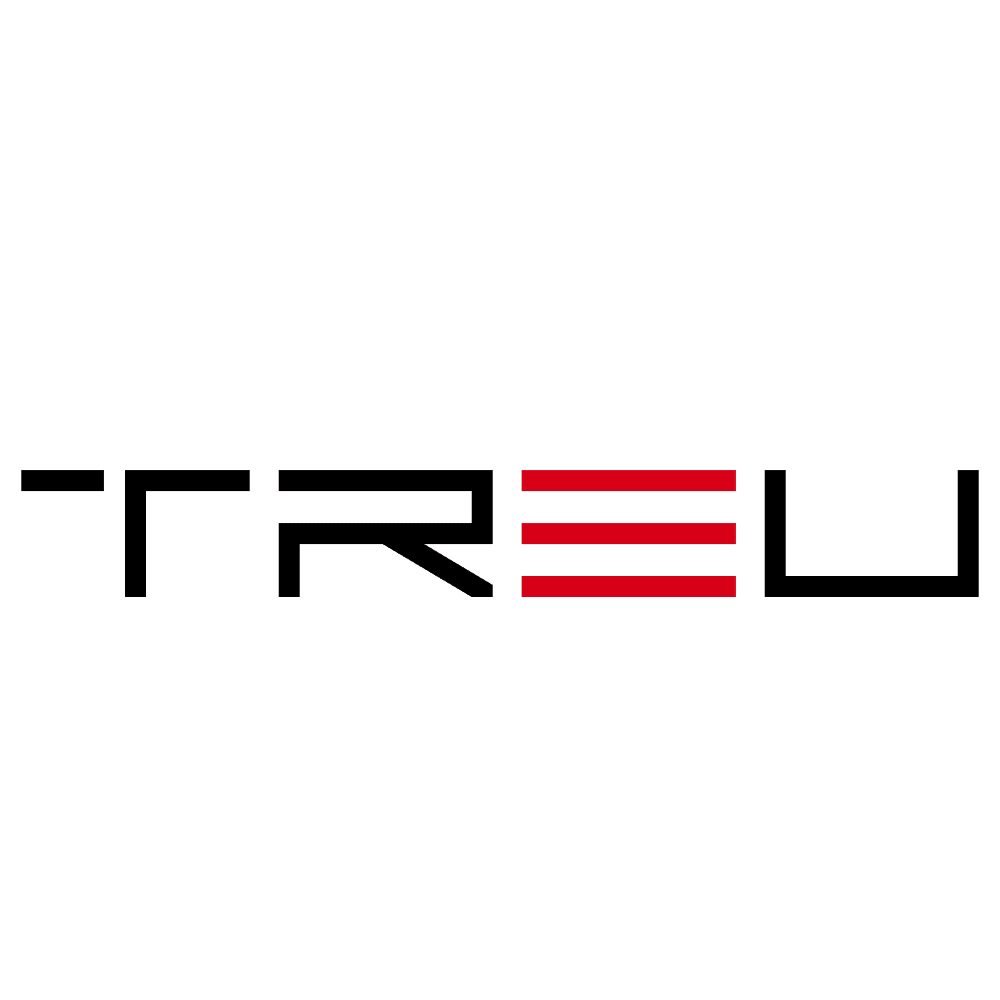2025 AWS Compute Study Reveals Key FinOps Advancements
Introduction: FinOps Takes Center Stage in Cloud Optimization
As organizations continue their rapid migration to the cloud, cost management and operational efficiency remain top concerns. The newly released 2025 AWS Compute Usage Study sheds light on the evolving landscape of cloud financial operations (FinOps), showcasing how businesses are moving beyond ad hoc processes and toward a more mature, data-driven FinOps discipline.
AWS, the backbone of many enterprise-grade cloud workloads, continues to innovate and introduce cost-efficiency features. Paired with evolving FinOps best practices, the results of this study point to a clear signal: companies that prioritize cross-functional collaboration, automation, and financial accountability are gaining substantial advantages.
What is FinOps?
FinOps, or Cloud Financial Operations, is a practice that combines financial accountability with cloud cost optimization. It’s a cultural and operational shift designed to help engineer, finance, and product teams work together to manage cloud spend.
At its core, FinOps revolves around:
- Real-time visibility into cloud usage
- Shared accountability across departments
- Automation of cost monitoring and anomaly detection
- Optimization of compute, storage, and network usage
The 2025 AWS Compute Study confirms that FinOps is no longer just a buzzword—it’s a strategic necessity.
Key Findings from the 2025 AWS Compute Usage Study
1. FinOps Maturity is Increasing Across Enterprises
According to the study, organizations are steadily advancing along the FinOps maturity curve. Over 65% of surveyed companies classified themselves in the “run” phase of FinOps maturity, indicating they’re actively optimizing cloud usage in real-time with strong governance structures in place.
Notably, the shift from the “crawl” and “walk” stages reflects a growing trend of integrating FinOps practices early in cloud adoption strategies. Companies no longer wait until cloud bills spiral out of control—they design cost-aware systems from the get-go.
2. Predictive Scaling & Right-Sizing Drive Major Savings
Traditionally, compute usage in AWS—spanning EC2 instances, Lambda functions, EKS clusters and more—has posed a challenge due to fluctuating workloads. However, thanks to enhanced visibility tools and auto-scaling features, companies are now better equipped to match capacity to demand.
Key insights include:
- 70% of companies reported right-sizing EC2 instances based on usage patterns
- 41% adopted predictive auto-scaling to adjust compute power dynamically
- 28% leveraged savings plans and committed use discounts more effectively
These efforts have led to up to 25% savings in AWS compute bills, showcasing the power of proactive cloud management.
3. Cross-Functional Collaboration is the Secret Weapon
Perhaps one of the most critical advancements in FinOps is the strengthening of collaboration between teams. While cloud cost management was historically viewed as the finance department’s responsibility, the study revealed a cultural shift:
- Engineering teams are now included in 80% of FinOps strategy meetings
- Product teams participate in chargeback and showback conversations
- Dedicated FinOps roles have increased 3x since 2022
This cross-functional inclusion ensures cloud investments are aligned with product goals, budgets, and customer needs, leading to smarter decision-making and faster innovation.
4. Cloud Cost Anomalies Prompt Faster Action Through Automation
One encouraging takeaway from the report is increased use of AI-powered monitoring tools for cost anomalies. Traditionally, cost issues were identified after the monthly bill. Now, with rule-based alerting and machine learning models, companies are catching anomalies almost in real-time.
Highlights from the study include:
- 42% of enterprises have automated cost anomaly detection systems
- 75% of anomalies are resolved within 48 hours of detection
- Reduction in overspend due to anomalies reached 19% YoY
This real-time insight is enabling teams to pivot quickly, improve application efficiency, and prevent revenue loss.
5. Granular Reporting and Tagging Practices Are Becoming Norms
FinOps thrives on data, and organizations are showing renewed focus on fine-grained cost visibility. The 2025 study noted a marked improvement in resource tagging best practices.
- 60% of participants achieved 90%+ tagging coverage across compute workloads
- Project-level cost attribution increased by 35%
- Chargeback accuracy improved by 45%
With granular tagging and labeling, teams can track cloud investments down to a service, department, or environment—leading to more accurate forecasting and budget alignment.
What This Means for Cloud Practitioners and FinOps Professionals
The 2025 AWS Compute Study makes it abundantly clear: FinOps is essential for any business looking to scale responsibly in the cloud. Organizations that embrace FinOps best practices are seeing measurable ROI through cost reduction, operational efficiency, and business agility.
Some of the most successful FinOps strategies from the study include:
- Implementing dedicated FinOps teams or Cloud Centers of Excellence (CCoEs)
- Using platforms to autonomous manage rate and usage optimization
- Promoting transparency through internal dashboards and stakeholder education
For FinOps professionals, this evolving landscape presents new opportunities to enhance visibility, governance, and financial accountability across cloud-native deployments.
Looking Ahead: What’s Next in the FinOps Evolution?
The trajectory is clear—FinOps is evolving into a core pillar of cloud operations. With the rapid adoption of machine learning, serverless compute, and microservices, complexities in cost forecasting continue to rise. However, so does the tooling and organizational awareness needed to manage them.
Some future trends predicted in the study include:
- Greater emphasis on sustainability metrics alongside cost reporting
- Integration of FinOps metrics into DevOps CI/CD pipelines
- Wider adoption of open source FinOps frameworks and community benchmarks
The evolution of FinOps is not merely about slashing cloud costs. It’s about maximizing the strategic value of the cloud—ensuring every dollar spent accelerates innovation, improves delivery, and enhances end-user experiences.
Conclusion: Embracing FinOps for Future-Proof Cloud Strategy
The 2025 AWS Compute Usage Study underscores a significant shift: FinOps is reshaping how businesses approach cloud spending and long-term cloud architecture decisions. By combining financial metrics with engineering operations, organizations are no longer reacting to cloud bills—they’re proactively designing for cost efficiency and performance.
As your business charts its next move in the cloud, embracing the FinOps mindset will not only optimize costs but also boost collaboration, accountability, and responsiveness to changing market conditions.
Start investing in your FinOps journey today—because in the cloud-driven world of 2025, financial intelligence is just as important as technical innovation.

